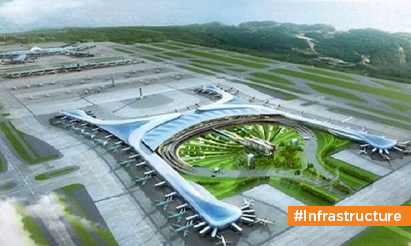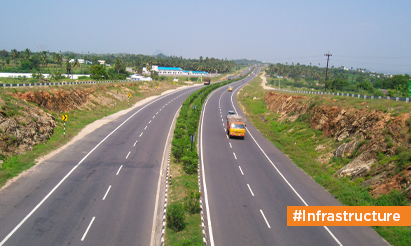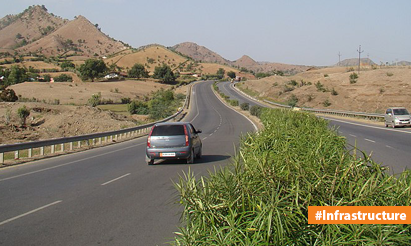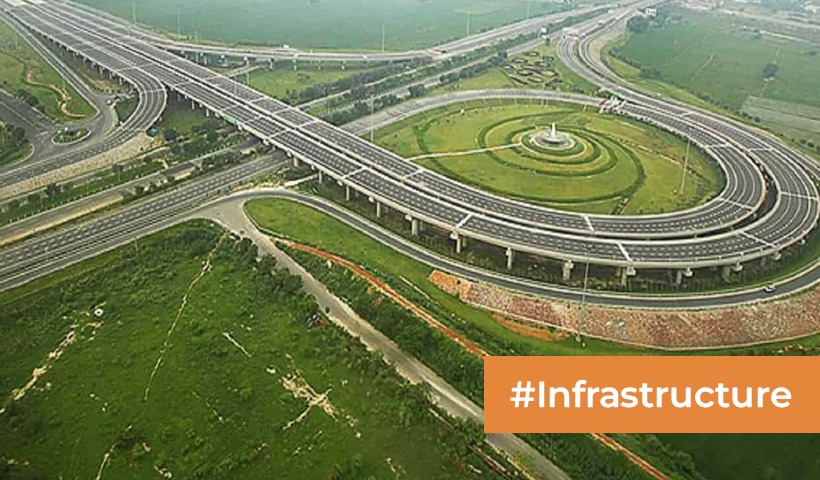Delhi-Dehradun Expressway: Revolutionizing Connectivity Between Two Major Cities
The Delhi-Dehradun Expressway stands as a testament to India’s continuous efforts in enhancing its transportation infrastructure. This article delves into the route map, status, and the latest developments surrounding this significant project.
Introduction to the Delhi-Dehradun Expressway
The Delhi-Dehradun Expressway, a flagship project of the Indian government, aims to streamline connectivity between the capital city, Delhi, and the picturesque city of Dehradun in Uttarakhand.
Importance of the Expressway
This expressway holds immense importance due to its potential to reduce travel time drastically, boost regional trade, and promote tourism between the two cities.
Route Map of the Delhi-Dehradun Expressway
The expressway is set to traverse through the scenic landscapes of northern India, connecting major towns and cities along its route.
Current Status of the Project
As of the latest updates, the construction of the expressway is progressing at a steady pace, with significant portions already completed and operational.
Benefits of the Expressway
The Delhi-Dehradun Expressway promises a myriad of benefits, including reduced travel time, enhanced safety standards, and improved connectivity to remote regions.
Impact on Transportation and Connectivity
Once operational, the expressway is expected to revolutionize transportation dynamics, facilitating seamless movement of goods and passengers between Delhi and Dehradun.
Latest Updates and News
Recent reports suggest that the project is on track to meet its deadlines, with additional measures taken to expedite construction and mitigate potential delays.
Environmental Concerns and Mitigation Measures
While the project aims to enhance connectivity, environmental concerns have been duly noted, with measures in place to minimize ecological impact and preserve natural habitats.
Economic Implications of the Expressway
The Delhi-Dehradun Expressway is poised to stimulate economic growth along its route, fostering development in sectors such as tourism, agriculture, and infrastructure.
Project Timeline and Expected Completion Date
Despite facing certain challenges, the project is progressing according to schedule, with authorities optimistic about meeting the stipulated completion date.
Challenges Faced During Construction
The construction of such a massive infrastructure project hasn’t been without its hurdles, including land acquisition issues, logistical challenges, and adverse weather conditions.
Future Prospects and Development Along the Route
With the completion of the expressway, prospects for economic development and urbanization along its route are expected to soar, ushering in a new era of prosperity for the region.
Traveler’s Experience and Convenience
Travelers can anticipate a seamless and comfortable journey upon the completion of the expressway, with modern amenities and safety features incorporated for their convenience.
Conclusion
In conclusion, the Delhi-Dehradun Expressway symbolizes India’s commitment to fostering regional connectivity and economic growth. With its completion on the horizon, the future looks promising for both commuters and the communities along its route.
FAQs:
- Is the Delhi-Dehradun Expressway toll-free?
No, like most expressways in India, the Delhi-Dehradun Expressway is expected to have toll plazas along its route to cover the maintenance and operational costs. However, the toll charges are usually reasonable and contribute to the upkeep of the road infrastructure. - What are some tourist attractions along the expressway route?
The expressway passes through regions rich in natural beauty and cultural heritage. Tourist attractions along the route include hill stations like Mussoorie, religious sites such as Haridwar and Rishikesh, and wildlife sanctuaries like Rajaji National Park. Travelers can indulge in activities like trekking, river rafting, and exploring ancient temples and historical landmarks. - How will the expressway benefit local businesses?
The improved connectivity brought by the Delhi-Dehradun Expressway will open up new markets for local businesses, enhance accessibility to urban centers, and attract more tourists. This increased flow of people and goods is expected to boost trade, promote entrepreneurship, and stimulate economic growth in the region. - Are there any rest areas or service facilities planned along the route?
Yes, rest areas, service facilities, and amenities such as fuel stations, restaurants, and restrooms are integral parts of expressway planning. These facilities ensure the comfort and convenience of travelers during their journey. The authorities are likely to establish such facilities strategically along the Delhi-Dehradun Expressway to cater to the needs of commuters and tourists. - What measures are in place to ensure the safety of commuters during construction?
Safety is a top priority during the construction of the expressway. Measures such as signages, speed restrictions, designated construction zones, and traffic management protocols are implemented to minimize risks and ensure the safety of commuters. Additionally, regular inspections, adherence to safety standards, and the presence of trained personnel help mitigate potential hazards along the construction sites.
Disclaimer: The views expressed above are for informational purposes only based on industry reports and related news stories. PropertyPistol does not guarantee the accuracy, completeness, or reliability of the information and shall not be held responsible for any action taken based on the published information.




